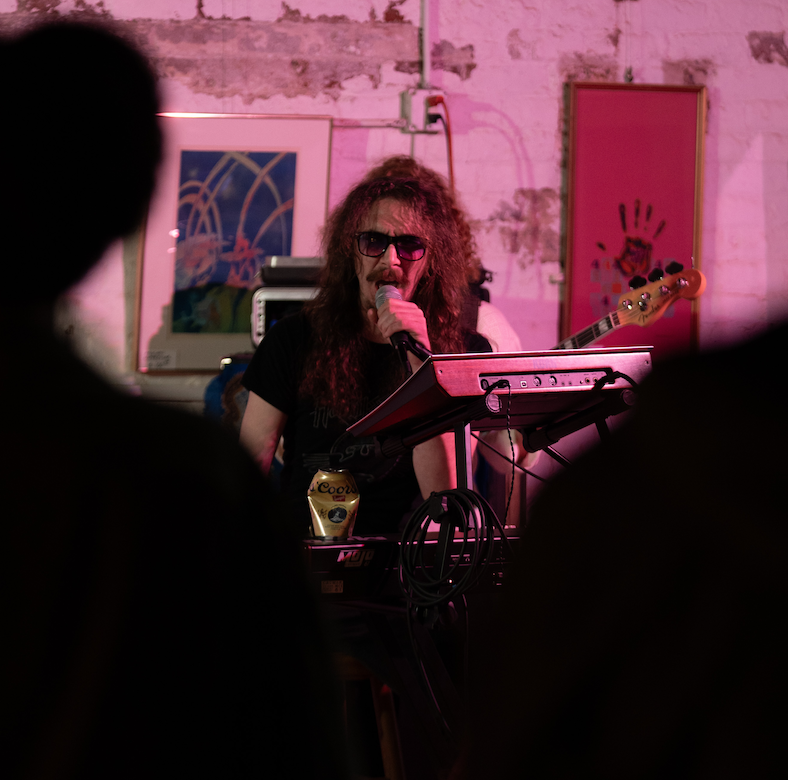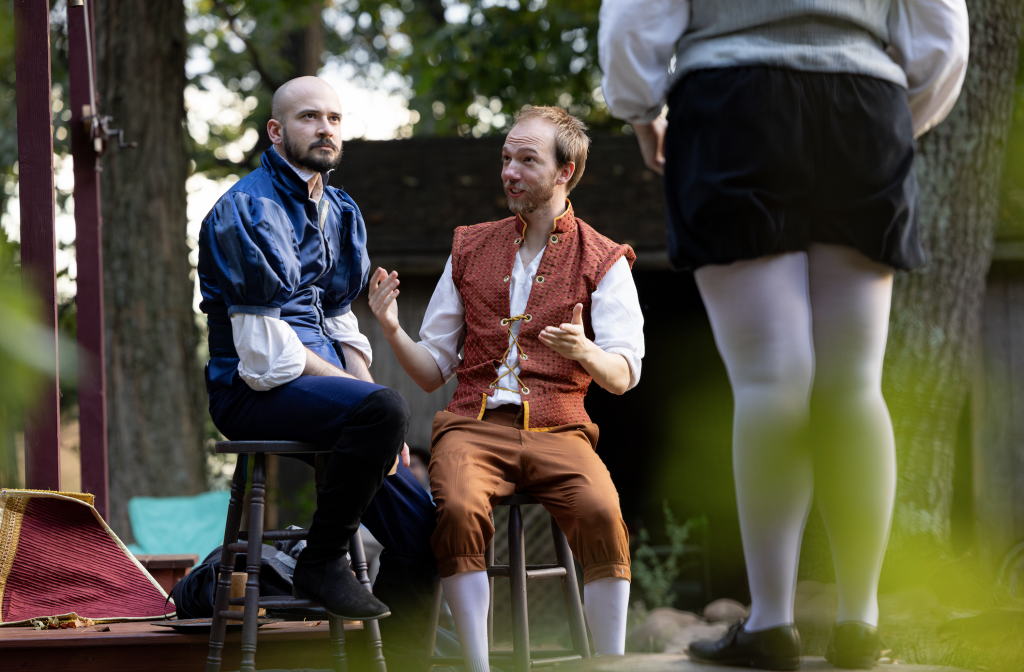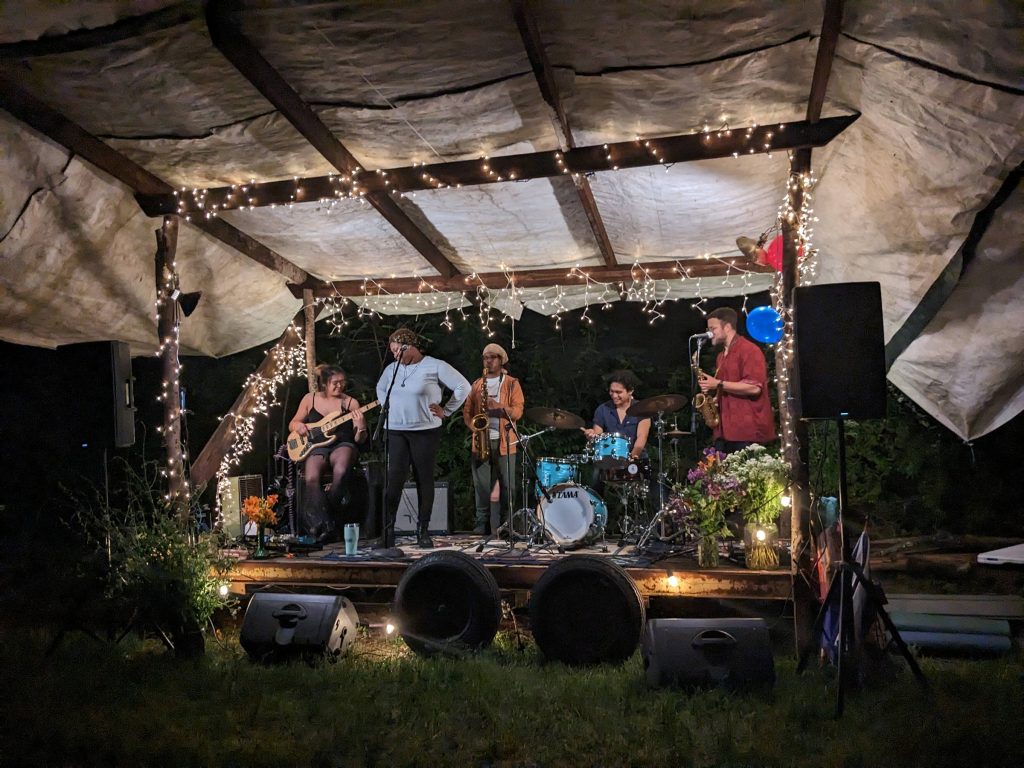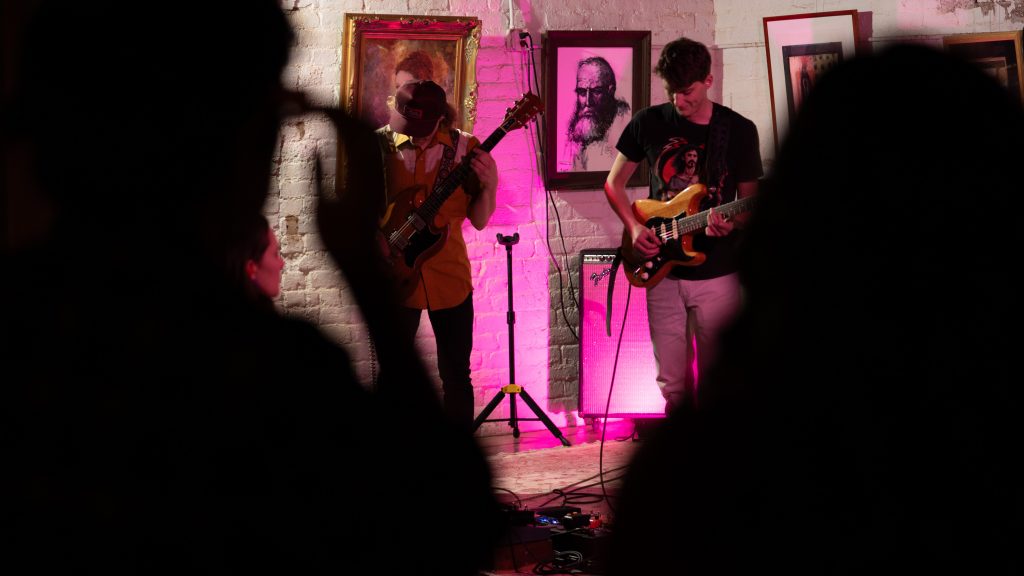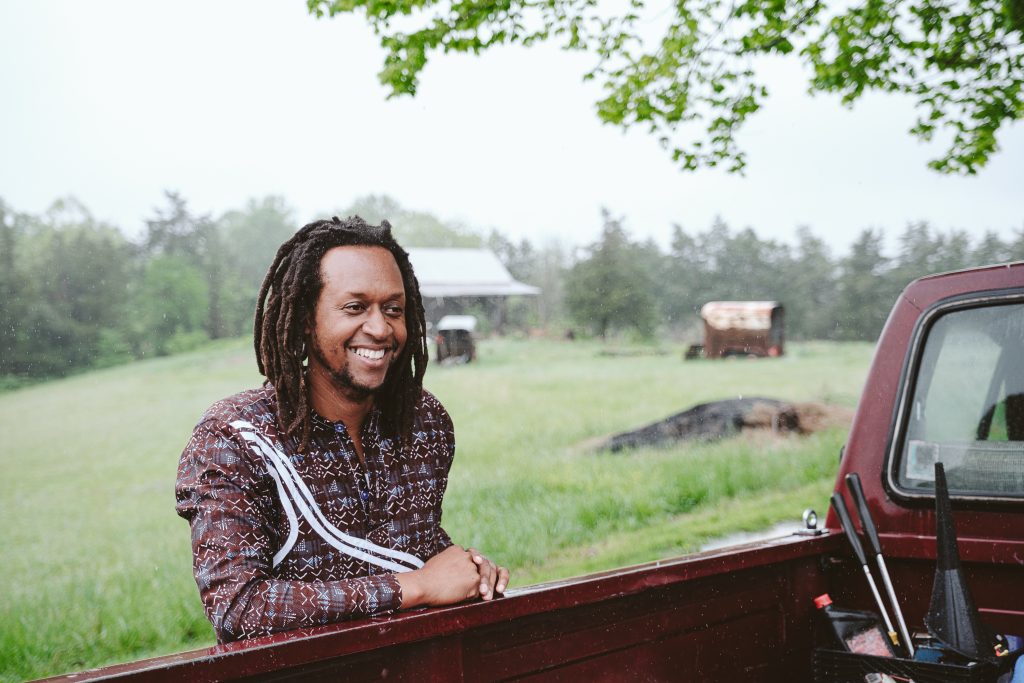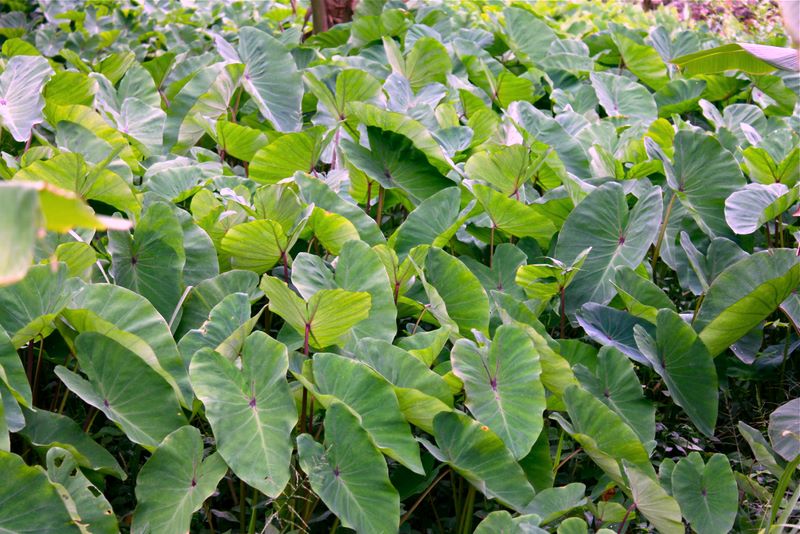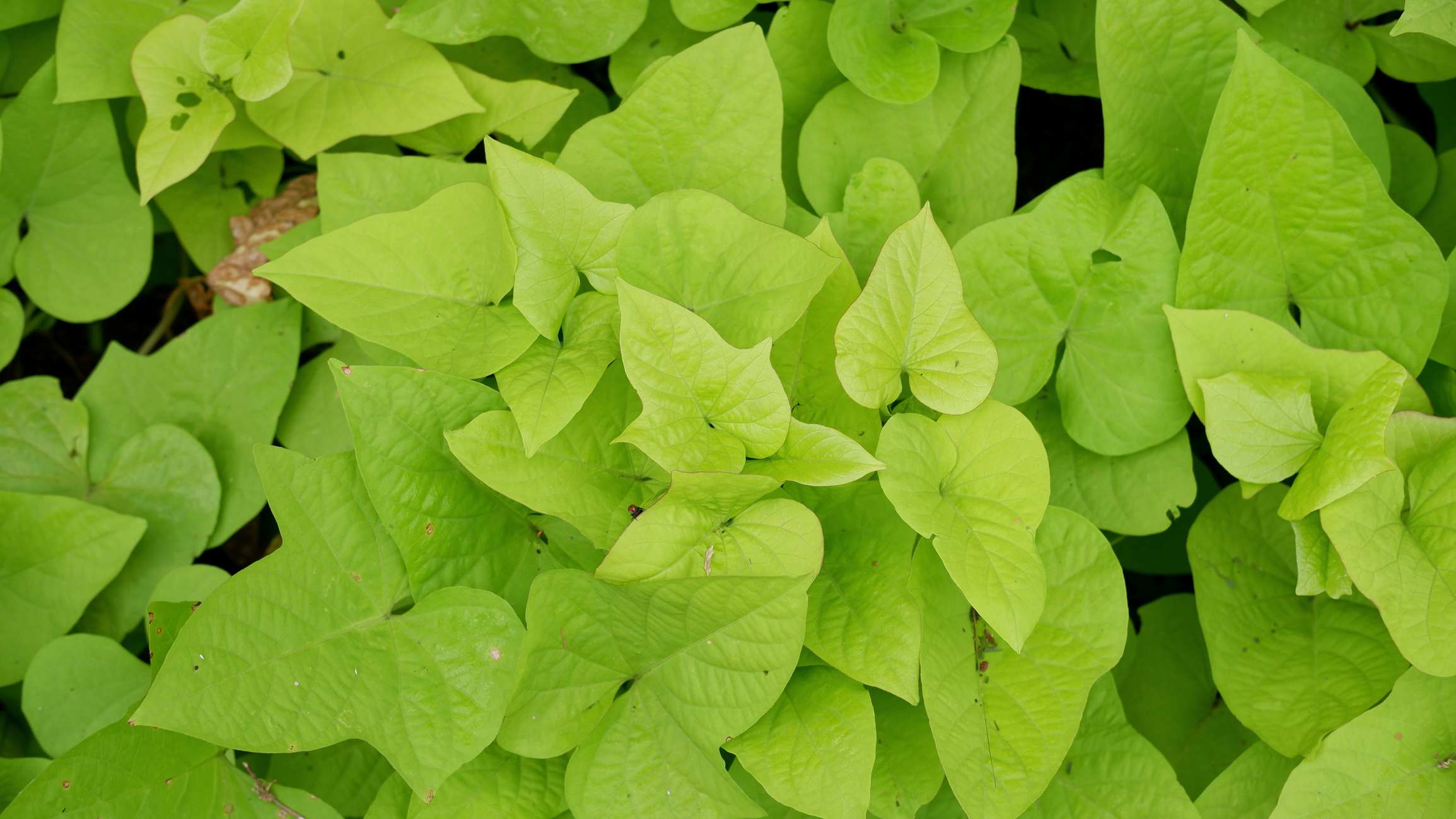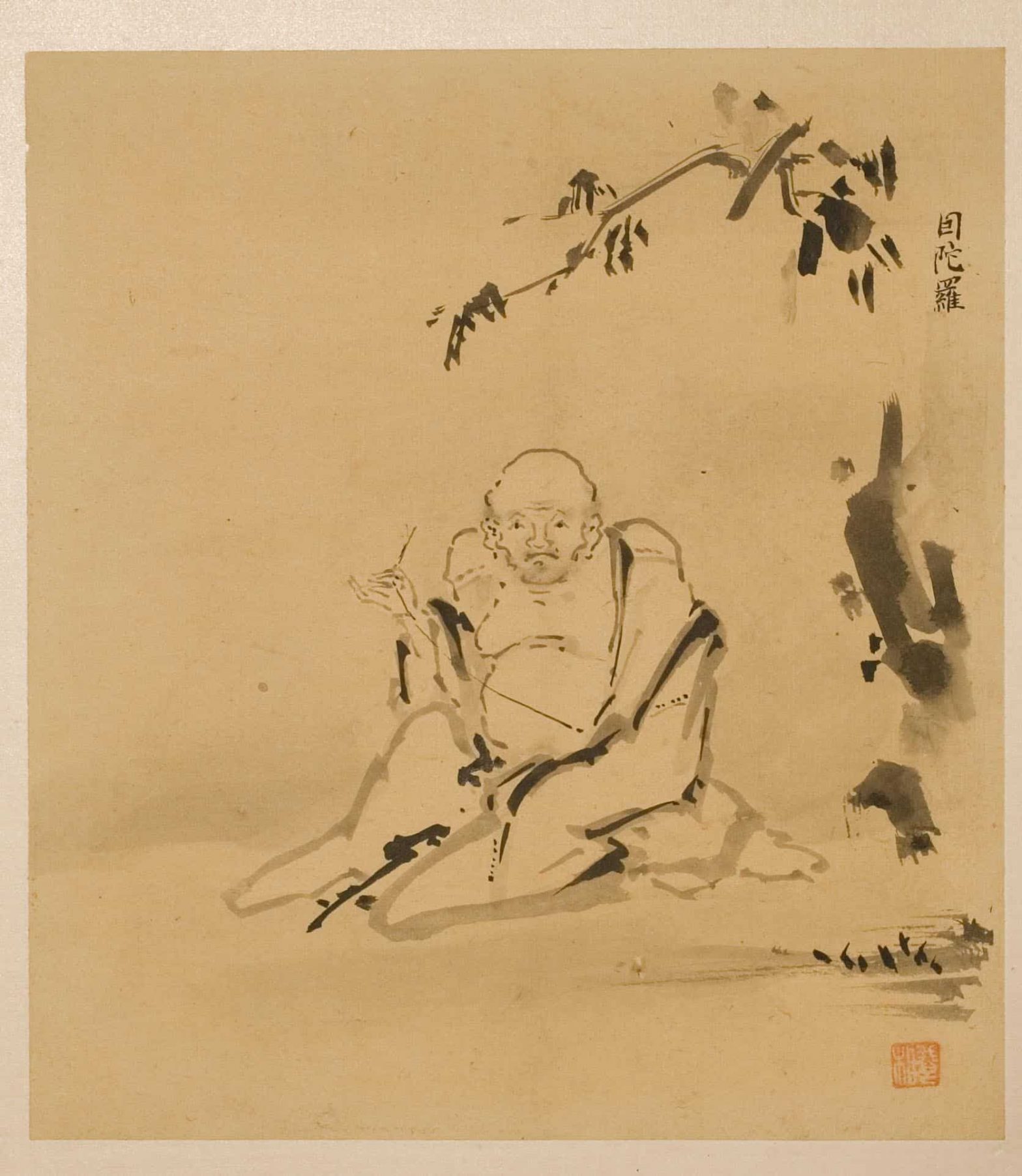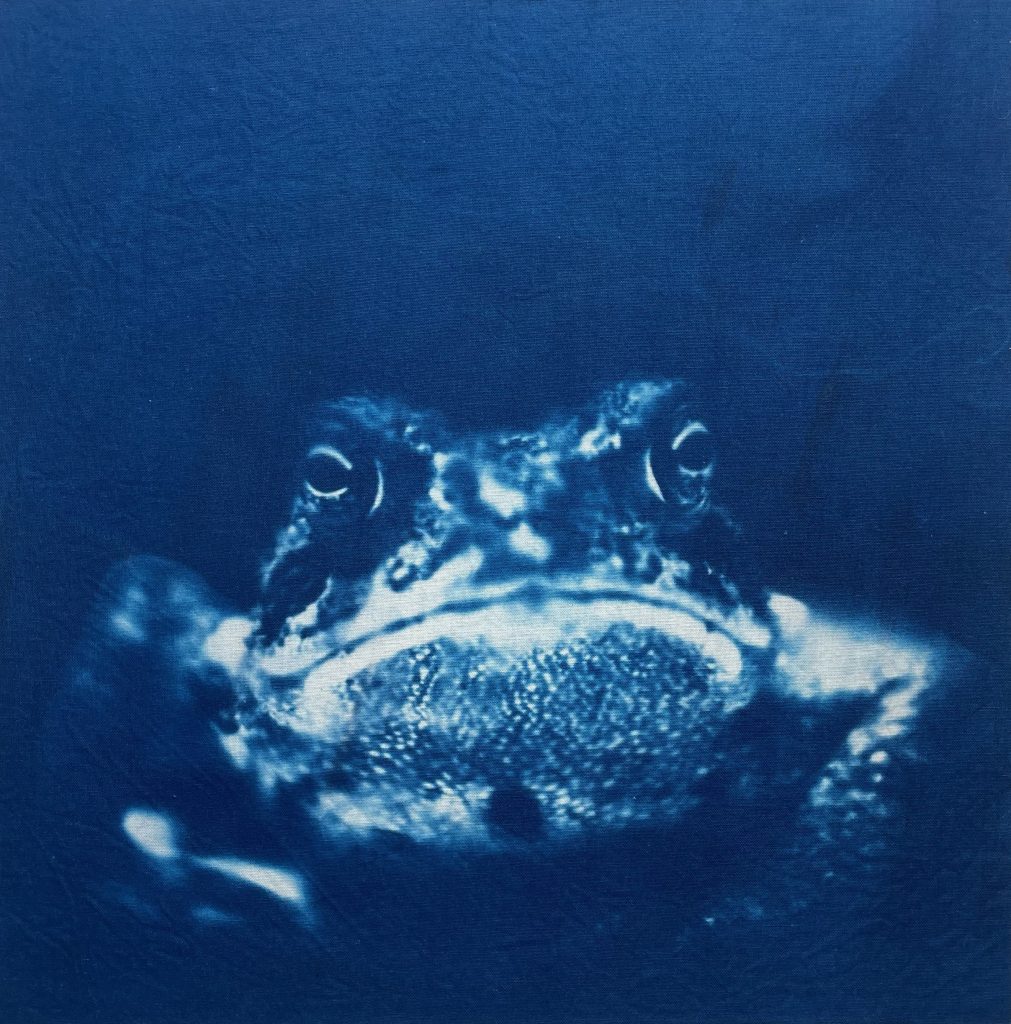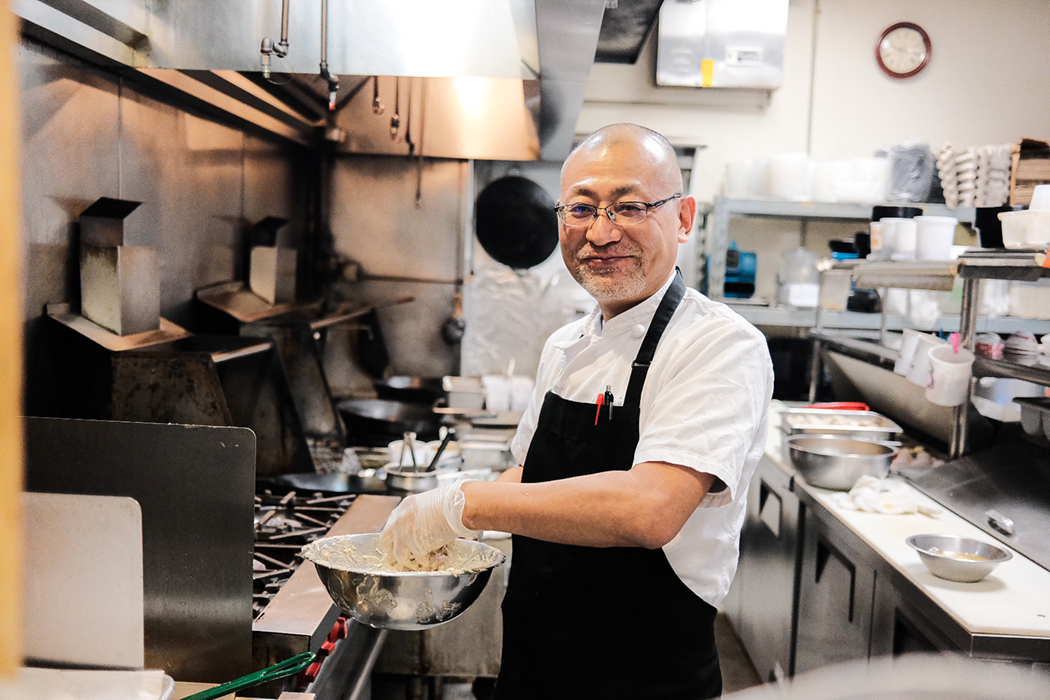We’re in a dark field—a few hundred of us. There’s no moon. Voices rise and fall in the darkness; the Milky Way sweeps overhead; the land is black and the sky is navy, a forest of stars. It’s 8:30 or so at night. I put my eye to a telescope. In the floating circle, a planetary nebula looks like a tuft of cotton, gliding slowly upwards with the motion of the earth.
I wander away, passing dim outlines of people, toward a different scope. The operator here is a bit of a showman. “I’m taking requests,” he says to the small queue of people gathered in the grass. “The request line is open!” He points a laser into the sky, outlining the Summer Triangle. His scope is trained on the Andromeda Galaxy—“the haze of a trillion stars!”
We’re looking at the enormous universe with our feet planted on the ground at James River State Park, in southern Nelson County. This is a star party featuring the expertise and equipment of the Charlottesville Astronomical Society, and it’s happening here because James River is an official International Dark Sky Place, as listed by the advocacy group DarkSky International: a site far enough from any town to offer clear views of what’s out there, beyond our atmosphere.
In other words, we’re all here to get away from light.
Yet we’ve brought light with us. There are flashlights, headlights, and a video presentation under the pavilion. Of course there are cell phones. There are even digital displays on the bases of some of the telescopes. Our eyes adjust to the darkness, catch a flash of brightness, and adjust again. The stars stay steady.
Wherever there are humans, it seems, there is artificial light, and the amount of light we pour into the world has grown incredibly fast. According to a study published last year in Science, global sky brightness has increased 9.6 percent every year between 2011 and 2022. That is, light pollution doubled in less than eight years.
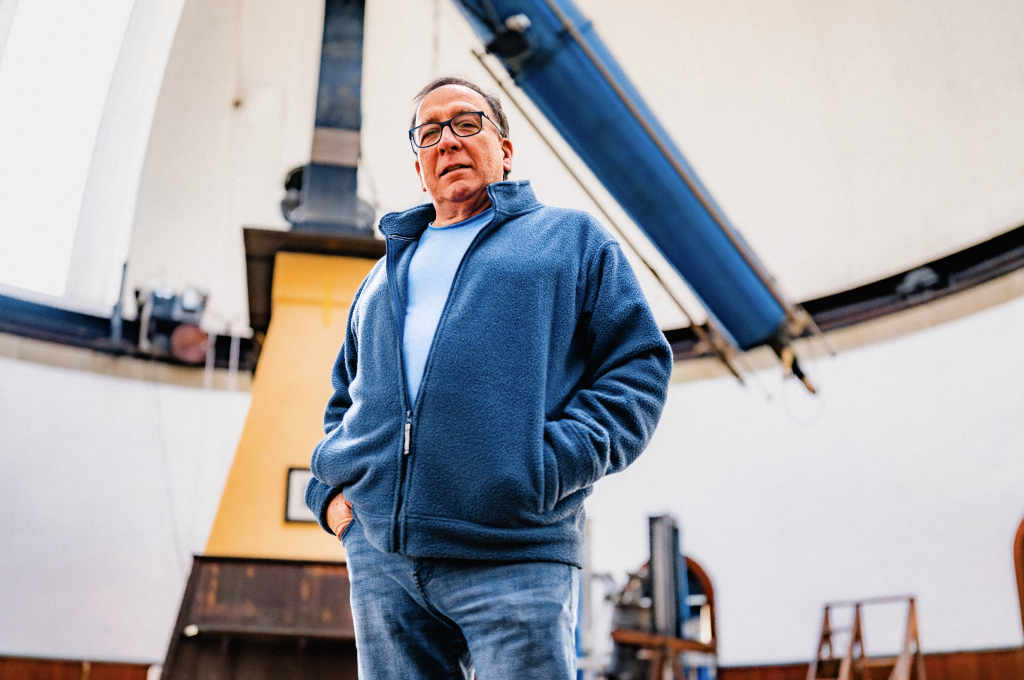
Seeing is believing
“I’ve only seen the Milky Way twice before,” I hear a man say at the star party. I feel lucky that I can see it from home, anytime the sky is clear—and I am lucky; 80 percent of the world’s population lives under sky glow, that pervasive, cumulative effect of house lights, store lights, billboards, tennis courts, streetlights. This is a loss for amateur astronomers and all humans—our species evolved under dark skies and has been enriched in countless ways by our view of the cosmos—but it’s more than an aesthetic problem.
Light pollution can disrupt bird migrations or lure birds to fly into tall, lit-up buildings. It can lead baby sea turtles astray and attract insects to lights, where predators gobble them up. The presence of nighttime lights fundamentally changes the rhythm of day and night that has given essential cues to animals and plants for millions of years: when to hunt, mate, sleep, and grow.
Artificial light affects human health, too. “When people are exposed to blue light in the evening, whether it’s a cell phone or a streetlight spilling into the bedroom, that’s a sleep disruptor,” says Christine Putnam with Piedmont Dark Skies.
Along with Peggy Cornett and Carol Carter, Putnam began the loosely affiliated group in 2022 after the three of them, already active in local environmental issues, realized they shared a concern about dark skies. They’ve been trying to raise public awareness and to urge local governments, especially the City of Charlottesville and Albemarle County, to make light pollution a priority.
“We’ve done a bunch of tabling events to see, does this have legs in the community?” says Carter. “There were a lot of people who responded yes. The more we learn, the more concerned we are about the subject.”
The group has encouraged local governments to sign proclamations in support of reducing light pollution, but they also want to see binding language in local municipal codes. Albemarle, for one, is currently updating its Comprehensive Plan, and Putnam, a member of Albemarle’s Natural Heritage Committee, has advocated for strong language in that plan to set the stage for an improved ordinance in the future.
“I think the political will is there and the planners want to see that language in there,” she says. “[When it’s time to write regulations], it’s going to be important for astronomers and dark sky advocates to be involved in those discussions, to get the best possible ordinance, one that is effective and enforceable.”
Something big has changed since the county’s last Comprehensive Plan update: the new prevalence of LED lights. “That’s been the biggest game changer,” says Putnam. While LEDs are a great way to meet climate action goals—they’re much more energy-efficient than traditional outdoor lights—the light they emit is also more blue. “This has big implications for our health and all living animals,” she warns. “A shorter wavelength impacts our hormonal systems. And it’s more powerful in terms of creating that dome of light we have over our cities. By 2035, practically all of our outdoor lighting will be LED. If we’re not careful about how we select it, we’re really going to be in trouble. We’ll have a dramatic increase in the brightness of the sky.”
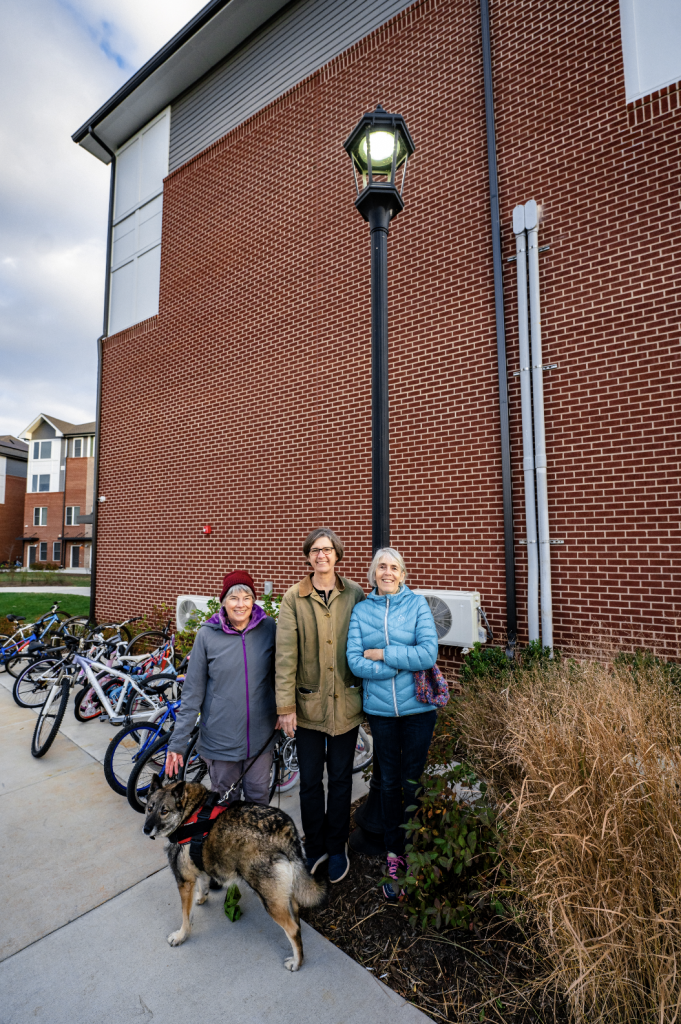
The light side
The good news: As Putnam implies, not all LED lights are created equal. “There is still time to make choices,” she says.
In fact, the City of Charlottesville is currently navigating those very choices, as part of an initiative, just begun this fall, to replace all the streetlights in the city. The lights come in a range of color temperatures and brightness, and DarkSky International provides recommendations about which of those are least harmful. But surprisingly, the city is limited in its options by the inventory of energy giant Dominion.
“We lease all of our lights from Dominion,” explains Kirk Vizzier, the city’s energy management coordinator. “They are the ultimate owners of all of those lights. Their inventory is all we have to work with. We are trying to work with them to expand that, but they are being resistant.” Vizzier says that the city is specifying the lowest color-temperature lights Dominion offers. “If we can get them to go lower at some point we will start to go lower,” he says.
Pierce Harding, an urban planning grad student at UVA, has been documenting existing light pollution levels in Charlottesville. He echoes Vizzier’s comments about Dominion. “There’s not an extensive inventory of DarkSky-certified fixtures,” he says. “With more pressure from the public on Dominion, that could help.” Charlottesville is part of a group of Virginia municipalities, the Virginia Energy Purchasing Governmental Association, which negotiates collectively with Dominion and can also exert pressure on the company to make protecting dark skies easier for localities.
Dominion spokesman Craig Carper, in an email, says that Dominion offers “many dark-skies friendly options” and adds, “We have been in communication with a representative from the Virginia chapter of the Dark Sky organization and will continue to have discussions about light offerings.”
The public lighting initiative is expected to take around three years and cost $600,000. “It’s a big investment,” Putnam says, pointing out that the new lights could last a quarter-century.
Meanwhile, she says, municipalities need to enforce lighting ordinances already on the books. Putnam and her PDS co-founders can rattle off a list of sites that seem over-lit, from planter islands on the Downtown Mall to fast-food joints to sports fields. (Notice a too-bright spot? Read Brodhead with the city’s zoning office says you can complain through the MyCville app, phone, or email, and his department will investigate.)
Cornett also points out that individual choices matter—turning outdoor lights off when not in active use, opting for fixtures that point downward instead of out or up, choosing warmer-color and dimmer bulbs. Carter adds, “People think uplighting the façade of a house makes it look really nice. They just aren’t aware of the negative effects that is having on wildlife and on themselves.”
Before the dawn
Back at the star party, the showman aims his scope at Saturn. Someone looks and emits a guttural “wow,” and then a woman looks and says, “The crazy thing is, it looks fake!” Another person: “That’s cool…” Pause. “That’s really cool.” The showman enthuses: “That’s a crisp view right now! Isn’t that awesome?”
There’s a term for sadness over the loss of night sky views: noctalgia, or “sky grief.” It’s the other side of that joy and awe we feel in the dark field, looking at planets and comets.
Beyond Earth’s atmosphere, the cosmic wonders continue. This December 7, Jupiter and its moons are at their most visible all year. A week later, the “king of the meteor showers”—the Geminids—takes place. The stars stay steady. Whether we can see them or not, it seems, is our choice.

